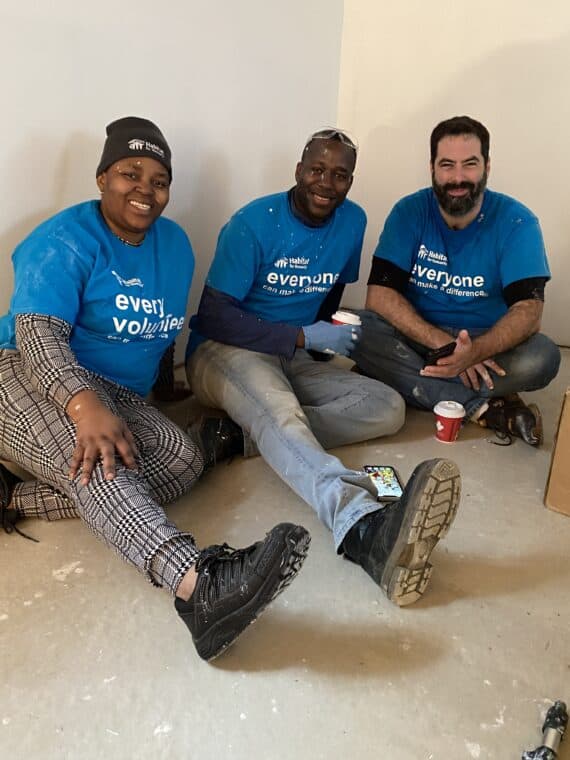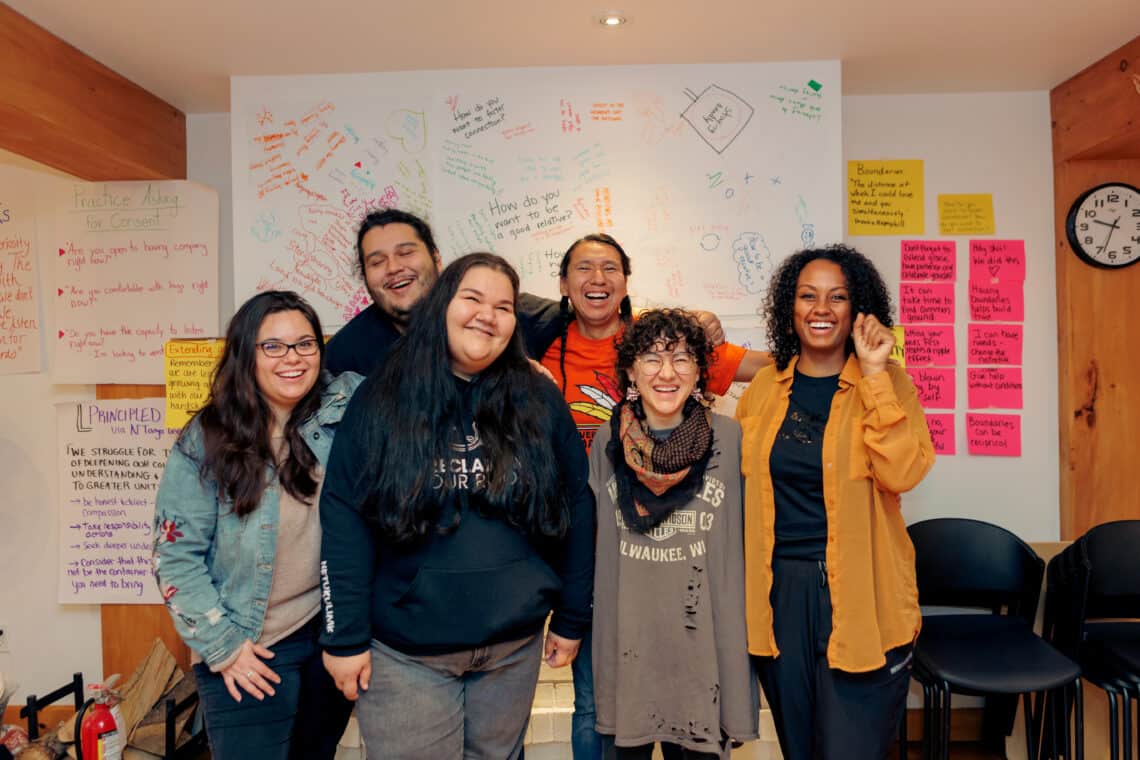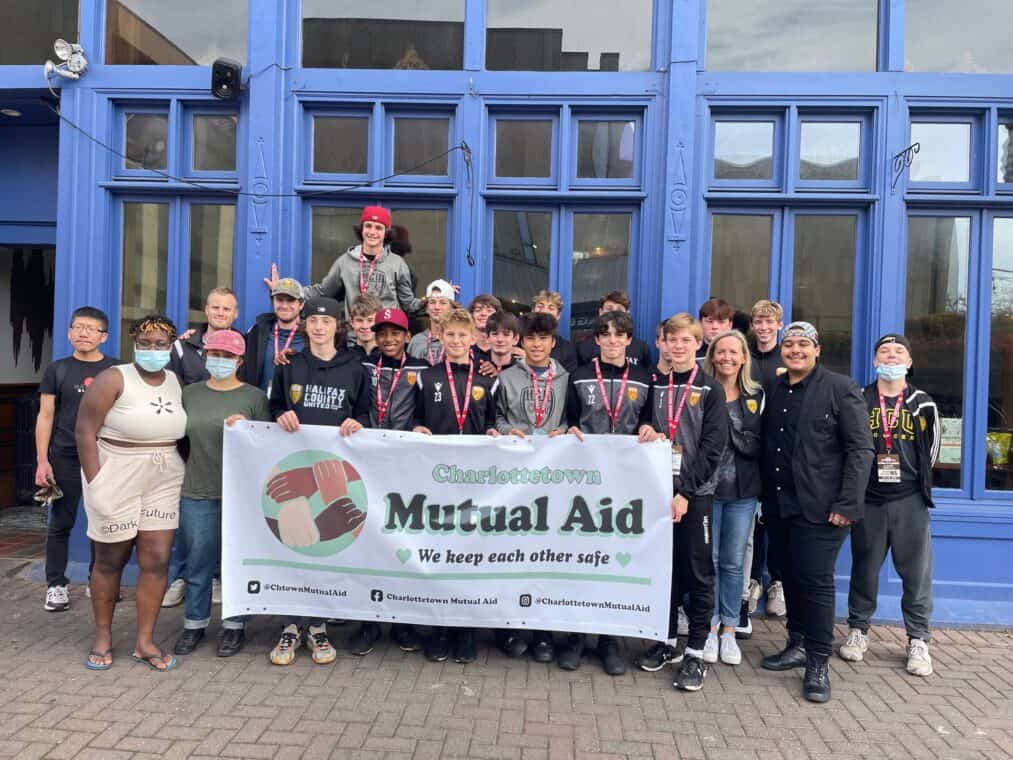Organizations are struggling to recruit and re-engage volunteers since COVID. We offer three solutions from organizations that are meeting the challenge by focusing on retaining and caring for their volunteers.
From reader surveys, feedback, and conversations, we know that readers of The Philanthropist Journal are looking for practical ideas and solutions that can inspire their own work in the non-profit sector. “Three Ways to Keep and Care for Volunteers” is the first of a new format, where we highlight examples from organizations and workers that are tackling common challenges that the sector is facing.
In recent coverage on volunteerism from Yvonne Rodney, we got a sense of the situation before us: volunteers, a critical resource for many non-profits, are not coming back to their previous roles since the pandemic. Organizations are struggling to recruit and re-engage volunteers since COVID and are wondering how to rebuild.
The current challenge is also an opportunity for learning and testing new ways to engage. “Volunteerism: In Crisis or at a Crossroads?” uncovered several perspectives and approaches to creating a robust culture of engagement and community care in organizations. This article takes a deep dive into three of the ideas and solutions that were proposed.
Look out for your volunteers
—Hope Lovell, Habitat for Humanity Windsor-Essex
In March 2020, many charities were forced to abruptly stop their volunteer programs, including Habitat for Humanity Windsor-Essex, which relies on a core group of volunteers who play a very trusted role within several programs, says community outreach manager Hope Lovell. Many of their volunteers are retired seniors, and so the sudden closure of the ReStore only added to the social isolation of those early days of the pandemic. Lovell and her team saw this as an opportunity to build relationships.

As the first lockdown began, everyone who had volunteered with the organization in the past year got a check-in phone call from a staff member or volunteer to ask, “Are you good? Do you have everything you need?” “The purpose was connection,” Lovell explains. Then staff created weekly Zoom calls to continue that connection and keep volunteers in the loop. They organized grocery deliveries to volunteers and families and coordinated volunteers to contribute to a range of community projects to address the timely needs of the pandemic, like mask sewing.
Lovell says that volunteering can’t be a one-way street: “You have to show up for them the way they show up for you.” Regular trivia and games nights were another way that volunteers could connect while everyone was sheltering in place. “I wanted to be ready” for when restrictions changed and volunteers were ready, Lovell explains. The result? Almost all volunteers have returned since the pandemic. Lovell is quick to add that it took the whole team at Habitat for Humanity Windsor-Essex for this to happen. “This team is stellar and open to ideas and trying new things.”
Recognize community responsibilities beyond formal volunteer programs
—Jessica Bolduc, 4Rs Youth Movement
Jessica Bolduc’s team at 4Rs Youth Movement did a review for Canada Service Corps’s Indigenous youth program, and the feedback from alumni revealed the importance of community care in volunteer programs.
Their research found that while the pandemic was challenging for youth, they “demonstrate deep care” for their communities. “Despite facing isolation and loneliness, the youth we surveyed still found ways of centring care for their families, communities, and others around them,” Bolduc says. She encourages volunteer programs to recognize the many ways that Indigenous youth are caring for their communities beyond their formal volunteer commitments and offer the same care back to the youth.

“Too often, relationships between Indigenous youth and programs are short-lived and transactional,” the 4Rs report explains. 4Rs Youth Movement wants to encourage more reciprocity and longer-term engagement with Indigenous youth who participate in programs, including offering alumni networks and more personalized check-ins and communication beyond the occasional mass email.
“If a program asks youth to give deeply of their time, which otherwise could be used to support their own communities, it is crucial that staff must also be willing to give deeply of their time.” Investing in relationships and being available to Indigenous youth is critical.
(Link to the report et en français.)
Good volunteer programs need resources
—Andrea MacDonald, United Way PEI
Volunteer resources and supports need to be embedded in a volunteer program, explains United Way PEI’s Andrea MacDonald. Funders and organizations need to ensure that volunteer programs are resourced appropriately so that volunteers have the support and training they need to do the work.

United Way PEI saw this firsthand, following the community response to Hurricane Fiona. Volunteers were distributing goods and conducting wellness checks for residents, many of whom had been isolated for days. Simply dropping off supplies meant that volunteers saw fellow community members in challenging circumstances, which had an impact on their own well-being. “Volunteers were often the only connection that community members had in the days and weeks following Fiona,” MacDonald says. “We saw that individuals who volunteered to drop off supplies or gift cards were sometimes encountering situations that they did not have the training to properly address.” The mental health toll on volunteers became more evident during a consultation process following the community response.
Volunteering is often seen as a way to save costs, but it needs resources too, MacDonald says. United Way PEI provided funding for organizations to offer group or individual mental-health counselling and debriefing opportunities to some of those front-line volunteers.
***
In “Volunteerism: In Crisis or at a Crossroads?” Raine Liliefeldt, director of member services and development for YWCA Canada, notes that “strengthening the culture of the volunteering infrastructure includes greater promotion of volunteer work as care work.” When we understand volunteer work as care work, it becomes clearer why we need to pay attention to well-being. These are three different stories from different communities, but they all highlight the interconnection between volunteer and community well-being. Caring for the volunteers who give their time and heart to support the community is essential to creating meaningful and healthy experiences that benefit both volunteers and communities in the long run.
The Work in Progress series is being developed in collaboration with the following content development partners: the Future Skills Centre, the Counselling Foundation of Canada, CERIC, Imagine Canada, the Ontario Nonprofit Network, and the Workforce Funder Collaborative.


